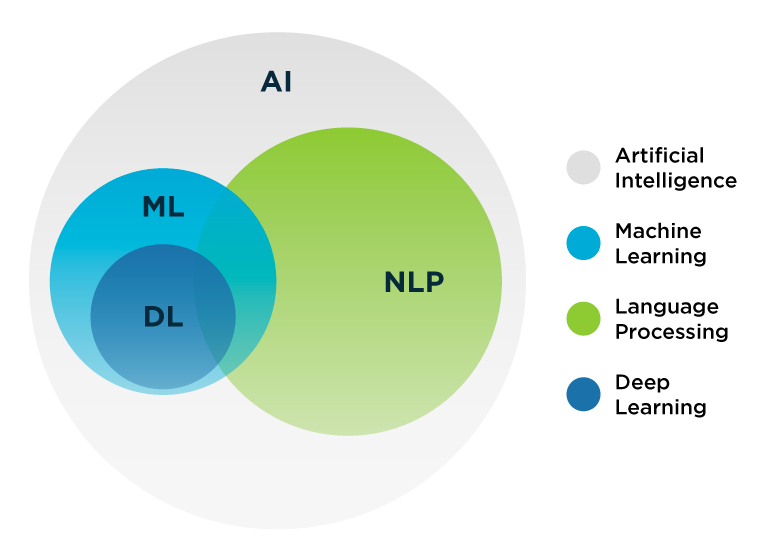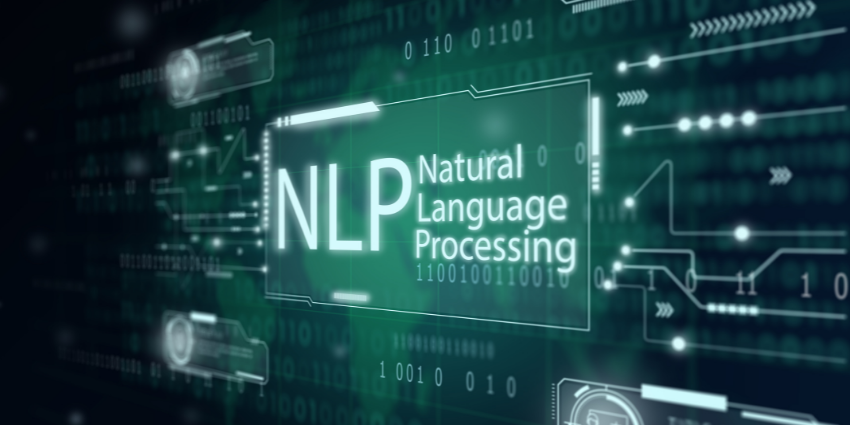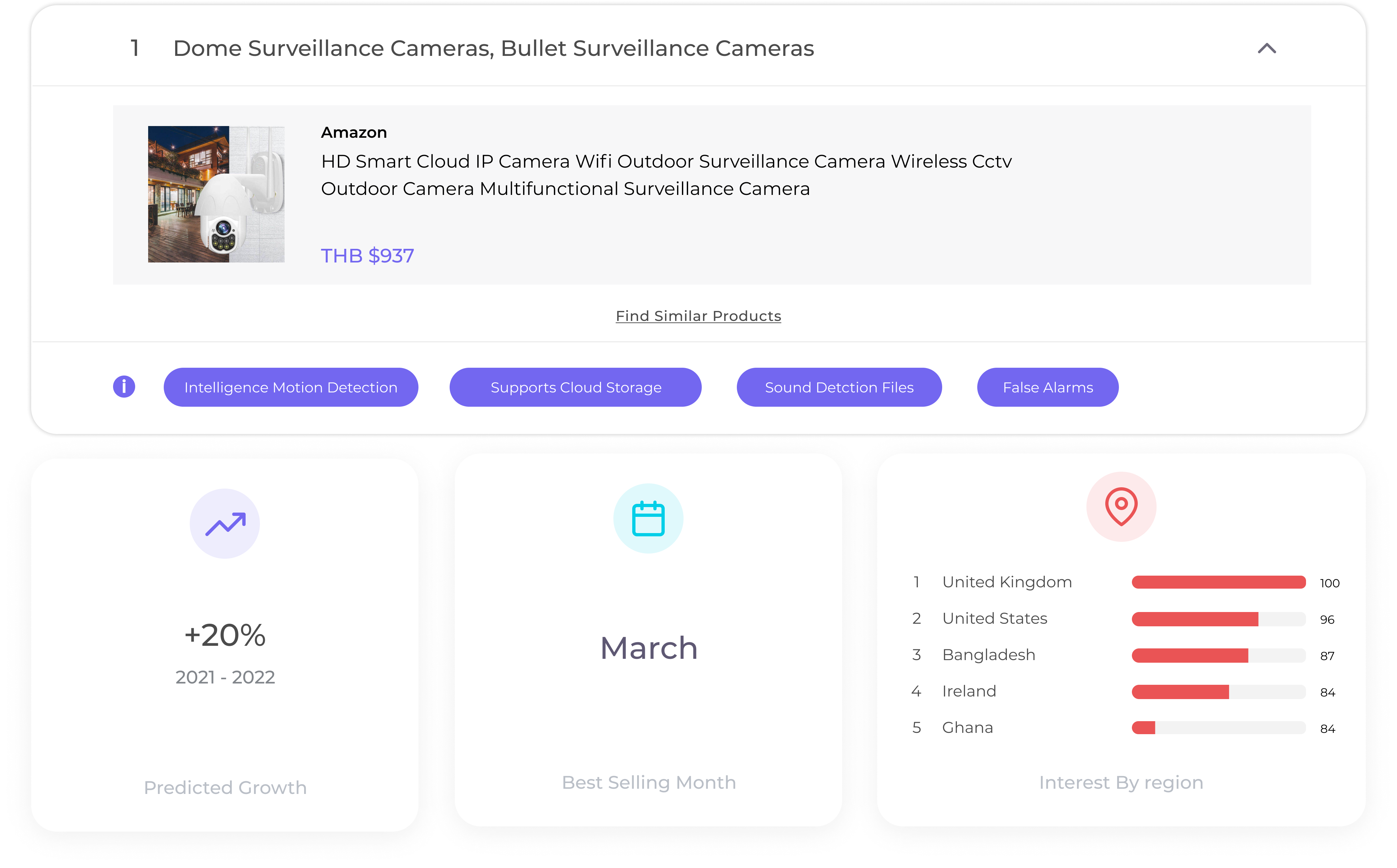In a time where more and more companies are using marketing automation, it’s important that marketers are able to keep up with the fast-paced changes in the industry. One way they can do this is by utilizing Artificial Intelligence to help with data science.
Artificial intelligence (AI) can help marketers to speed up and improve their decision-making process by analyzing large data sets to identify trends, consumer behavior, and other relevant information. This allows them to quickly adapt their strategies in order to better meet the needs of their target audience.
What is AI?

Artificial intelligence, or AI, is a term that refers to the ability of machines to perform tasks that normally require human intelligence, such as understanding natural language and recognizing objects.
AI can be used for a variety of purposes, such as automating business processes, improving decision-making, and helping with data analysis.
What is Machine Learning ?
Machine learning is a type of AI that enables computers to learn from data without being explicitly programmed. This is done by training the computer with a set of data, allowing it to identify patterns and learn how to recognize them. This can be used for tasks such as predictive analysis, identifying customer behavior, and improving decision-making.
Role of AI in data analysis
With data analysis, AI can help us to take a large amount of data and find trends and patterns that we may not have been able to see before. It can also help us to do predictive analysis based on past data.
This can be extremely helpful for marketers who are trying to stay ahead of the curve.
Additionally, AI can help us to automate some of the more tedious tasks that are involved in data analysis.
This can free up our time so that we can focus on more strategic tasks.
Overall, AI can be a great help when it comes to data analysis. It can speed up the process and help us to find trends and patterns that we may not have been able to see before. This can be extremely helpful for marketers who are trying to keep up with the latest trends in the industry.
Benefit of using AI & data analysis process
Artificial intelligence can help marketers to speed up and improve their decision-making process by analyzing large data sets to identify trends, consumer behavior, and other relevant information. This allows them to quickly adapt their strategies in order to better meet the needs of their target audience. By using AI for data analysis, marketers can spend less time struggling with technology tools, and more time developing creative and strategic campaigns .
Another benefit of using AI for data analysis is that it can help to identify opportunities that may have been missed by humans.
For example, machine learning algorithms can be used to examine past customer data in order to find patterns that would be difficult for humans to notice. This can help companies to target new customers and create new marketing initiatives.
With the help of AI, the pressure and stress of keeping up with the latest marketing trends can be eased, allowing marketers to focus on what they do best-creating great content and strategies.
Data analysis techniques
Based on the data types, the data analysis process will be totally different.
Quantitative data
Quantitative data refers to data that can be measured or counted. This type of data is often used for statistical analysis and is often numeric in nature. Typical statistical analysis for quantitative data includes mean, median, and mode. The data mining method is often used to find trends and patterns.
Qualitative data
Qualitative data refers to data that cannot be measured or counted. This type of data is often used for descriptive purposes and is often non-numeric in nature. Typical qualitative research includes surveys, interviews, and focus groups.
Since the nature of qualitative data is non-numeric, the data analysis techniques for handling qualitative data will be done by manual understand in traditional way. However, NLP as the new analysis method for qualitative data are using AI to do the data mining.
Use cases of AI in data analysis

There are a number of different ways that AI can be used for data analysis. Some of the most common uses include the following:
Helping with decision-making
AI can help with decision making is by analyzing data. By understanding how different factors interact with each other, AI can help us to make better decisions. For example, if we’re trying to figure out how to improve our sales figures, AI can help us to identify which factors are most important and how we can change our strategy to improve our results.
Identifying trends and Predict future trends
AI has the ability to identify trends in data in order to help make better predictions and decisions. By analyzing large data sets, AI can identify patterns and correlations that humans would not be able to see. This can help businesses and organizations make better strategic decisions, optimize their operations, and understand their customers better.
AI in data analysis vs traditional data analysis

Doing data analysis with AI involves using tools such as machine learning algorithms, natural language processing, and predictive analytics to examine data sets and find trends.
AI can identify patterns and correlations that are not obvious to the human eye, making it a more effective tool for data analysis.
Additionally, AI can help to speed up the decision-making process by providing insights in a fraction of the time it would take humans to find them
However, Traditional data analysis is the process of analyzing data using manual methods.
This involves using tools such as calculators, spreadsheets, and pivot tables to examine data sets and find trends. While traditional data analysis is effective, it can be time-consuming and tedious. Additionally, it can be difficult to identify patterns and correlations that are not obvious to the human eye.
Thus, using AI has a number of advantages over traditional methods.
First, AI can help to identify patterns and correlations that are not obvious to the human eye. This can be extremely helpful for businesses and organizations that are looking to make better strategic decisions.
Additionally, AI can help to speed up the decision-making process by providing insights in a fraction of the time it would take humans to find them. Finally, AI can help businesses and organizations to optimize their operations and understand their customers better.
Trend Forecasting with Super Chain
There are tons of trend reports that tell you about the emerging trends, consumer interests , consumer insights. For sure, the reports are all done by professional industry insiders, but the reports are often talking about the macro trends of the market, but might not provide useful information for your specific use case.
Take an example, your business is in the fashion industry and you are reading the report that analyze data from Zara , H&M , Uniqlo , NEXT … those big brands. Since the target customer of your brand and those might be totally different, the report might not able to answer questions for your brand, based on the same data set.
That’s why you need a better solution with Super Chain to conduct predictive analysis for your product , we analyze the existing data from social media, business statistical research to help you to find the market opportunities to your future success.
Conclusion
As you can see, there are a number of ways that AI can be used for data analysis.
By using AI, marketers can speed up their decision-making process and better understand their customers.
Additionally, AI can help businesses to optimize their operations and understand their customers better.
How can Super Chain help you ?






